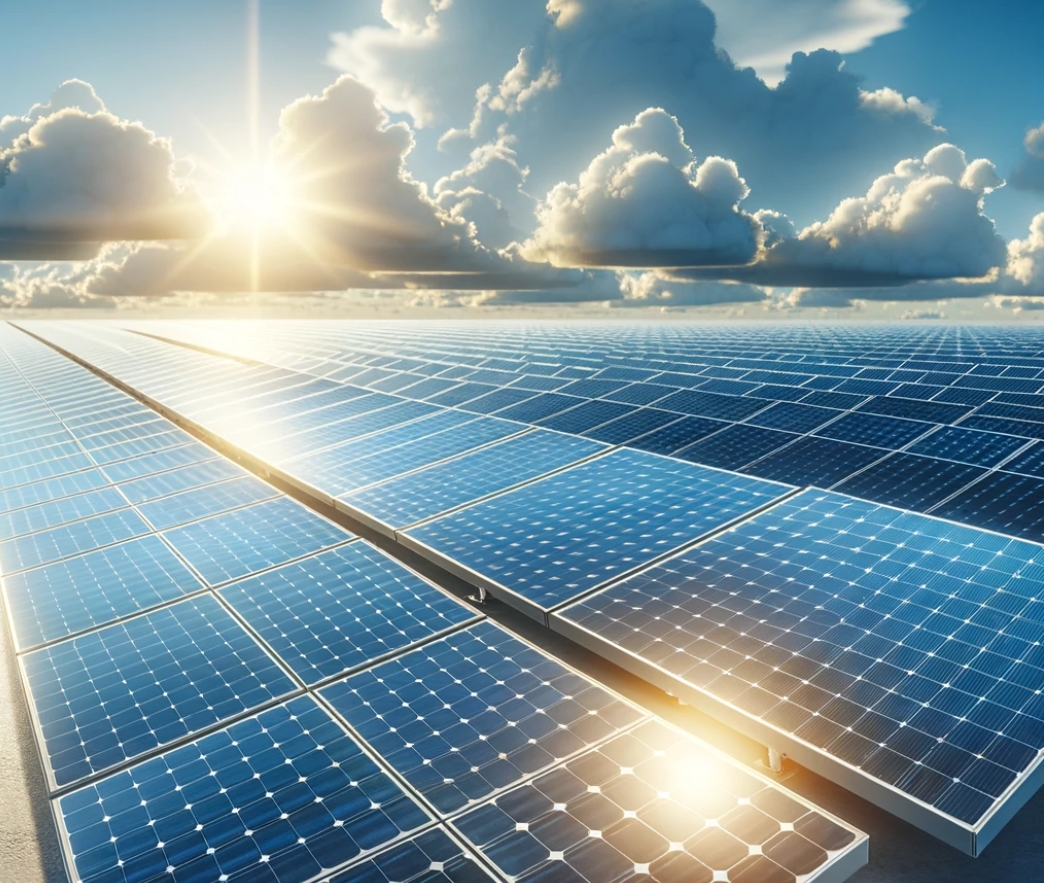
Understanding solar panel efficiency is crucial when considering solar power as an energy source. Solar panel efficiency refers to how effectively a solar panel converts sunlight into electricity. Here’s what you need to know:
Key Factors Affecting Efficiency
- Material: The type of solar cell used in the panel plays a significant role in its efficiency. Monocrystalline panels, made from a single crystal structure, are usually more efficient than polycrystalline panels, which are made from multiple crystal fragments.
- Temperature: Solar panels operate best in certain temperature ranges. Excessive heat can reduce efficiency, which is why some high-efficiency panels have integrated cooling technologies.
- Angle and Orientation: The positioning of solar panels affects their exposure to sunlight. Panels should ideally be oriented for maximum sun exposure, considering local latitude and roof angle.
- Shading: Shadows cast by trees, buildings, or other obstructions can significantly reduce solar panel efficiency.
- Age and Wear: Solar panels degrade over time, losing a fraction of their efficiency each year. Most panels retain about 80-90% of their efficiency after 20 years.
Measuring Efficiency
- Solar panel efficiency is typically measured as a percentage. The average efficiency of solar panels on the market is between 15% and 20%.
- High-efficiency panels can exceed 22%, with some of the latest models reaching around 25% or higher under optimal conditions.
Importance of Efficiency
- Space Efficiency: In areas where space is limited, high-efficiency panels are beneficial as they generate more power per square meter.
- Cost vs. Efficiency: Higher efficiency panels tend to cost more. Therefore, the decision may depend on your available space, budget, and energy needs.
- Energy Production: More efficient panels can produce more electricity in less ideal conditions, such as in regions with less sunlight or on roofs with less-than-optimal orientations.
Technological Advancements
- PERC Cells: Passivated Emitter and Rear Cell (PERC) technology improves efficiency by reflecting light back into the cell.
- Bifacial Panels: These panels capture sunlight from both sides, increasing total energy generation.
Conclusion
When considering solar panels, it’s not just about the highest efficiency rating. It’s about the balance between efficiency, cost, space, and your specific energy requirements. With the continuous advancements in solar technology, the efficiency of solar panels is steadily increasing, making them a more viable option for a wider range of applications. Always consult with a solar energy expert to get the best system for your specific needs.
